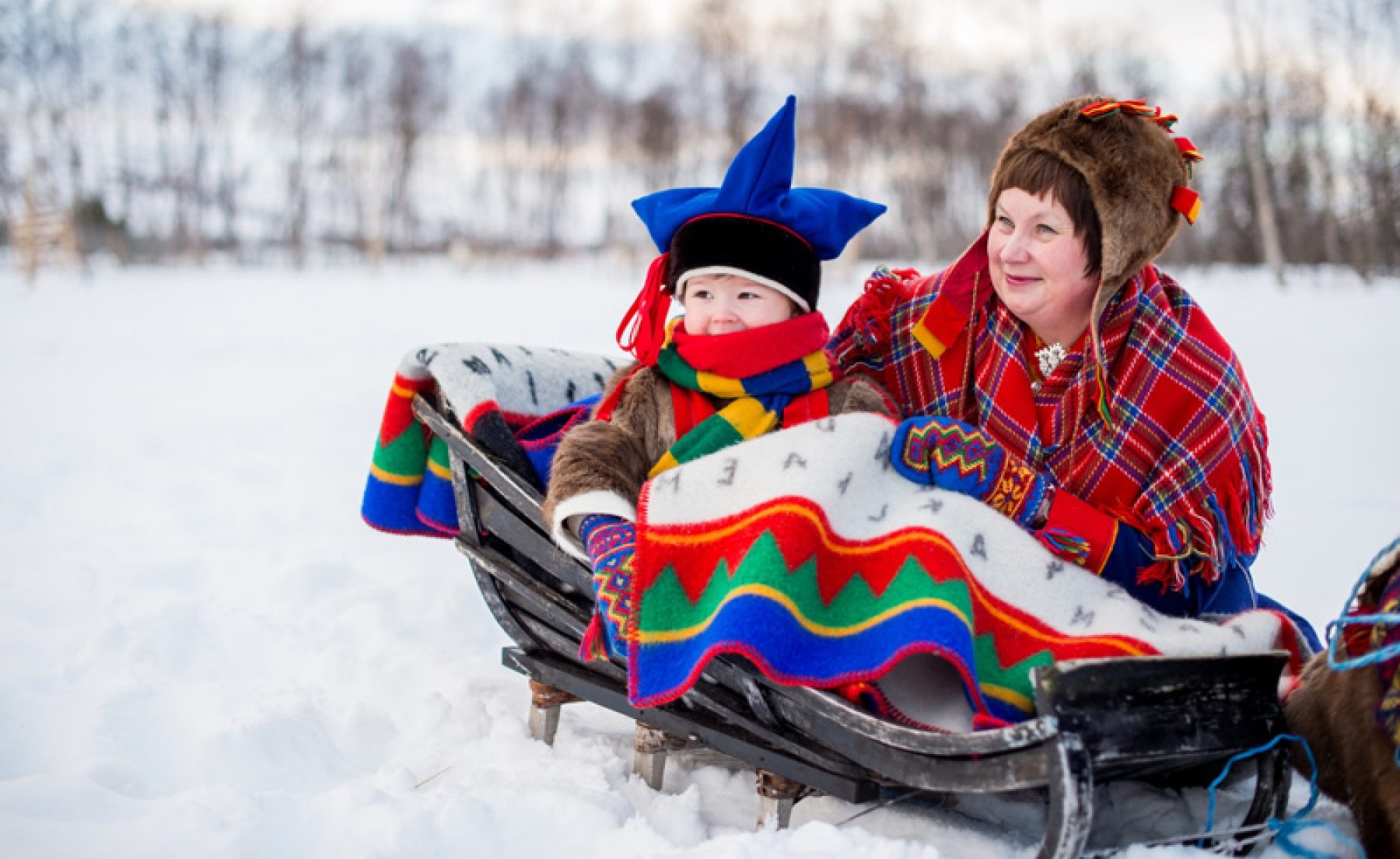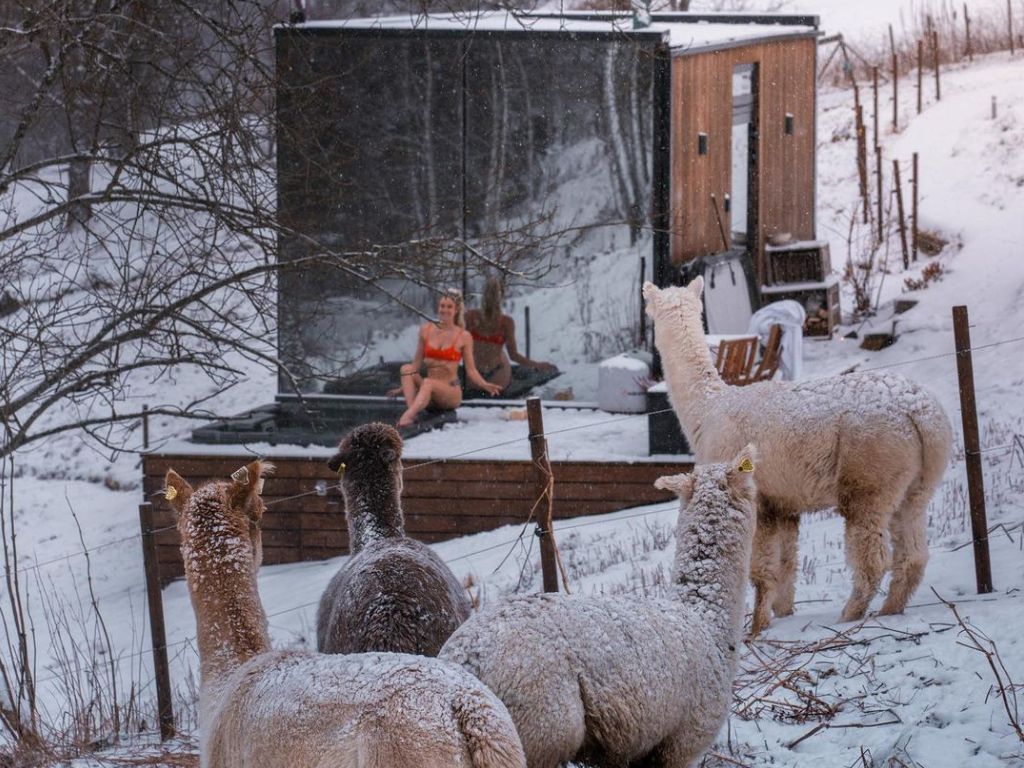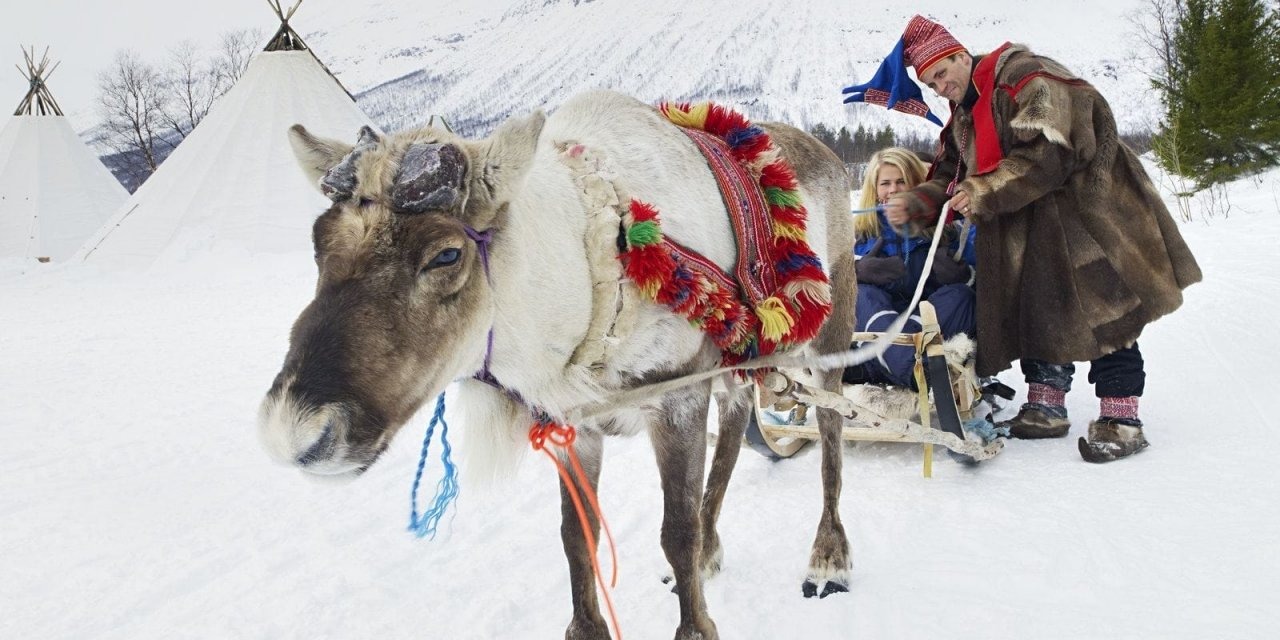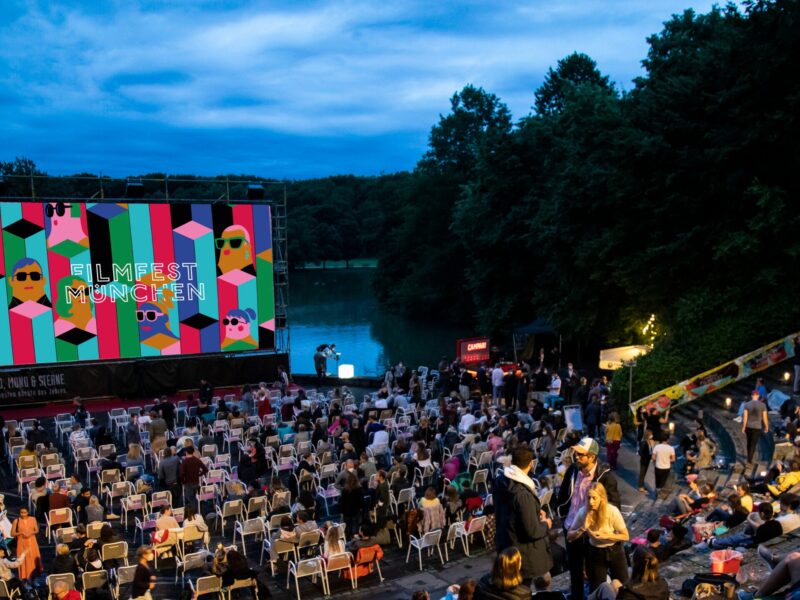Norway is renowned for its stunning natural beauty, with its majestic fjords, pristine forests and rugged mountains. However the country is also home to a rich cultural heritage, particularly that of the Sami people, the indigenous inhabitants of northern Scandinavia.
Combining a glamping trip with an immersive experience in Sami culture offers a unique and unforgettable way to explore Norway’s wilderness while gaining insight into the traditions and ways of life of this fascinating community. In this article we’ll delve into how you can experience Sami culture on a glamping trip in Norway.
Who are the Sami?

The Sami, also known as Saami or Sámi, are an indigenous people whose traditional homeland, called Sápmi, stretches across the northern parts of Norway, Sweden, Finland and the Kola Peninsula in Russia. With a population of around 80,000-100,000, the Sami have maintained their unique culture, language and traditions despite centuries of assimilation policies and discrimination.
Traditionally the Sami were semi-nomadic, relying on hunting, fishing and reindeer herding for their livelihoods. Today, while many Sami have adopted modern lifestyles, others continue to practise their traditional occupations and preserve their cultural heritage.
Sami Culture and Traditions
Sami culture is deeply connected to the natural world, with a strong emphasis on sustainability, respect for the environment and living in harmony with the land.
Some key aspects of Sami culture include:
- Reindeer Herding – Reindeer herding is a cornerstone of Sami culture, with many Sami continuing to practise this traditional livelihood. Reindeer provide meat, hides and antlers, and play a central role in Sami spirituality and folklore.
- Handicrafts (Duodji) – Sami handicrafts, known as duodji, are another important aspect of their culture. They include intricate woodcarving, jewellery and textiles, often featuring distinctive patterns and motifs inspired by the natural world.
- Joiking – Joiking is a traditional form of Sami singing which utilises improvised, chant-like melodies. Joiks often evoke the sounds of nature, and are used to express emotions, tell stories and honour people, animals and places.
- Sami Clothing (Gákti) – Traditional Sami clothing, called gákti, is characterised by vibrant colours, intricate embroidery and distinctive patterns which vary by region and family. These garments are not only practical for the harsh Arctic climate but also serve as important markers of Sami identity.
Glamping and Sami Culture

Glamping, or glamorous camping, has gained popularity in recent years as a way to experience Norway’s stunning wilderness without sacrificing comfort or style. Many glamping sites in Norway offer unique accommodations such as lavvus (traditional Sami tents), goahti (turf huts) or modern interpretations of these traditional dwellings.
By combining a glamping trip with an immersive Sami cultural experience you can gain a deeper understanding and appreciation of the Sami way of life while enjoying the beauty of Norway’s natural landscapes.
Here are some ways to experience Sami culture on a glamping trip.
- Stay in Traditional Sami Accommodations Choose a glamping site which offers traditional Sami accommodations, such as lavvus or goahti. These dwellings provide a unique and authentic way to immerse yourself in Sami culture while enjoying the comforts of modern glamping.
- Participate in Reindeer Herding Activities Some glamping sites offer opportunities to participate in reindeer herding activities, such as feeding, lassoing or even joining a reindeer migration. These experiences provide insight into the central role of reindeer in Sami culture and the skills and knowledge required to maintain this traditional livelihood.
- Learn Sami Handicrafts Many glamping sites offer workshops or demonstrations on traditional Sami handicrafts, such as woodcarving, jewellery making or textile weaving. Participating in these activities teaches you the symbolism and techniques behind Sami duodji and gives you the opportunity to create your own unique souvenirs.
- Experience Joiking and Storytelling Some glamping experiences include opportunities to listen to traditional Sami joiking and storytelling around a campfire. These intimate performances provide a window into Sami oral traditions and the ways in which music and stories have been used to pass down knowledge and cultural heritage through generations.
- Taste Traditional Sami Cuisine Many glamping sites offer traditional Sami cuisine, featuring ingredients such as reindeer meat, fish, berries and herbs. Tasting these dishes provides insight into the ways in which Sami culinary traditions are closely tied to the land and the seasons.
- Explore Sami Cultural Sites Some glamping trips may include visits to Sami cultural sites, such as museums, cultural centres or sacred places. These experiences provide a deeper understanding of Sami history and spirituality and the challenges faced by indigenous communities in modern times.
Responsible and Respectful Tourism
When experiencing Sami culture on a glamping trip it’s essential to practise responsible and respectful tourism.
This includes:
- Choosing ethical and sustainable tour operators, and glamping sites which prioritise the well-being of Sami communities and the environment.
- Respecting Sami cultural traditions, customs and sacred sites.
- Supporting Sami-owned businesses and initiatives, such as handicraft shops, reindeer herding cooperatives and cultural centres.
- Educating yourself about Sami history and culture and contemporary issues before your trip.
By engaging in responsible and respectful tourism practices you can ensure that your glamping trip has a positive impact on Sami communities and contributes to the preservation of their cultural heritage.
Conclusion
Experiencing Sami culture on a glamping trip to Norway offers a unique and meaningful way to connect with the country’s indigenous heritage while immersing yourself in its stunning natural beauty. By staying in traditional Sami accommodations, participating in cultural activities and engaging in responsible tourism practices you can gain a deeper understanding and appreciation of the Sami way of life and the challenges faced by indigenous communities in the modern world.
A glamping trip focused on Sami culture not only provides an unforgettable travel experience but also contributes to the preservation and celebration of this rich cultural heritage. By supporting Sami-owned businesses and initiatives you can help ensure that their traditions, knowledge and way of life continue to thrive for generations to come.
As you embark on your glamping adventure in Norway remember to approach Sami culture with respect, curiosity, and an open heart. By doing so, you’ll not only create lasting memories but also forge meaningful connections with the people and places that make this part of the world so special.


